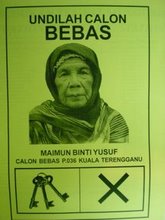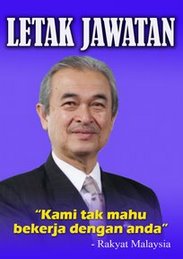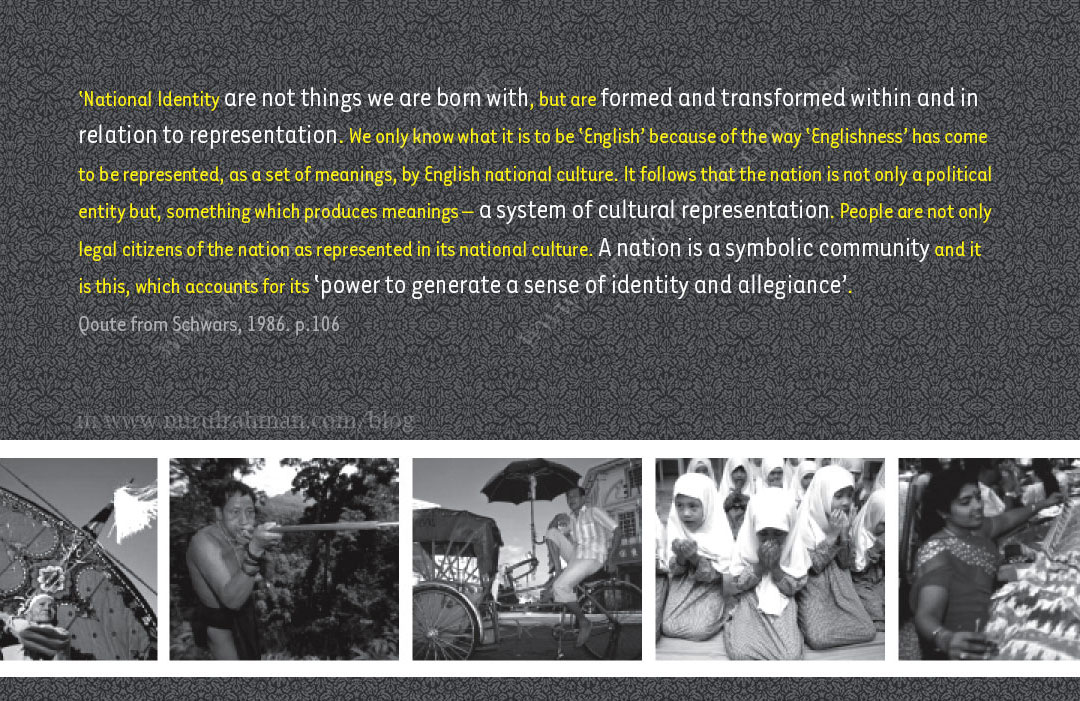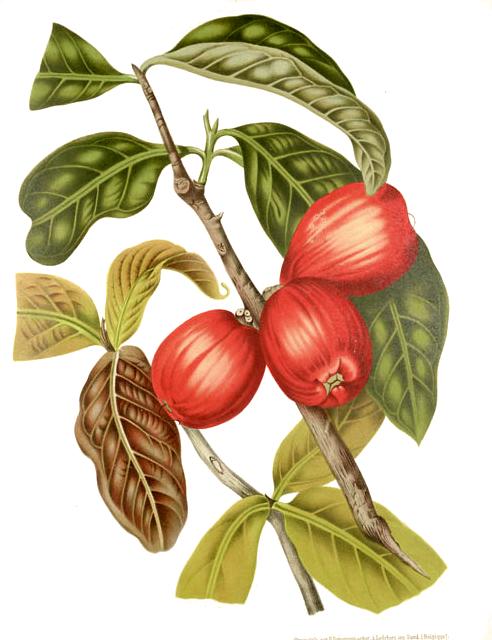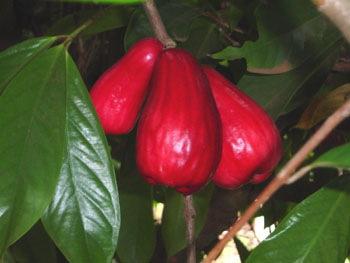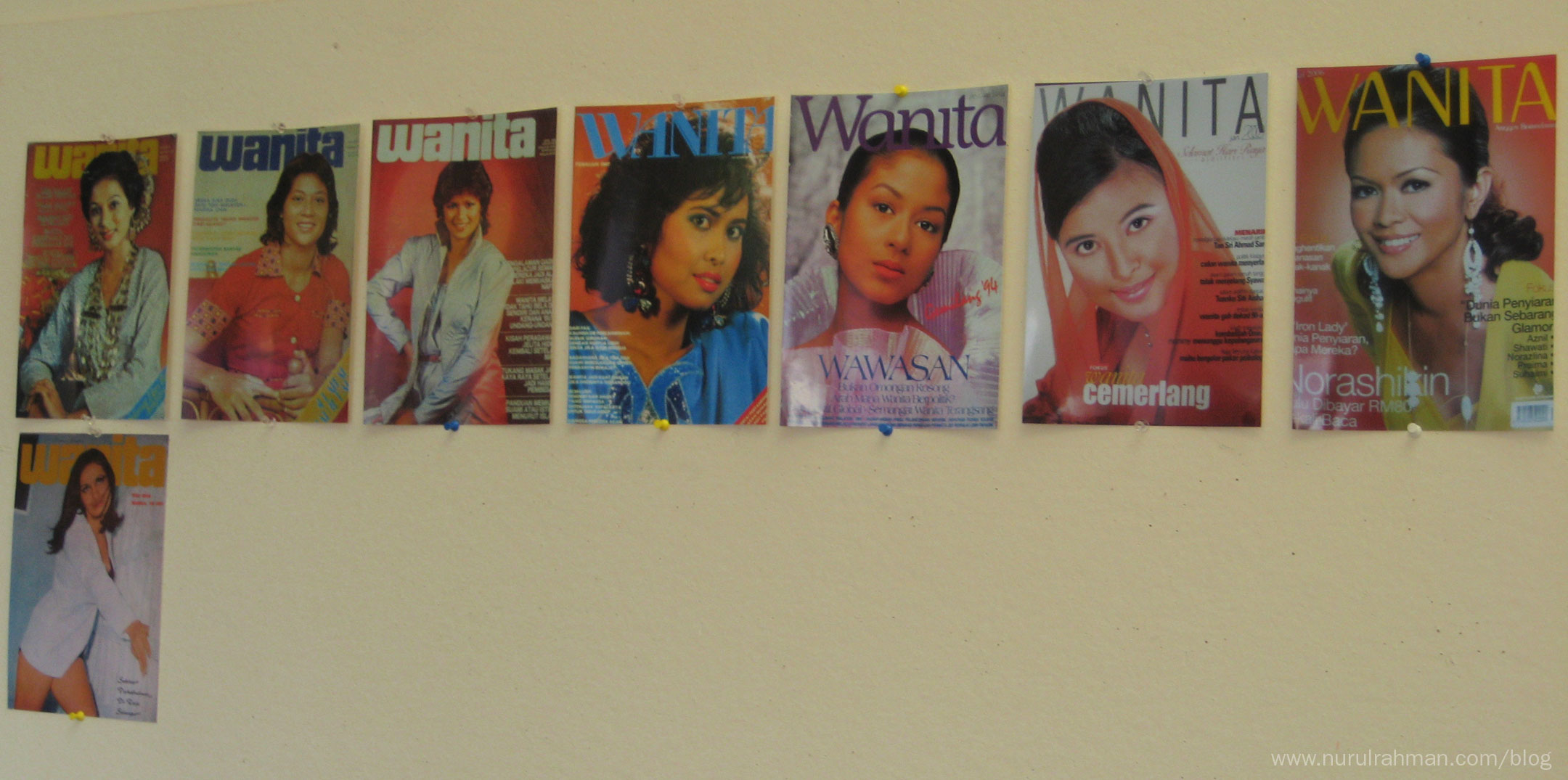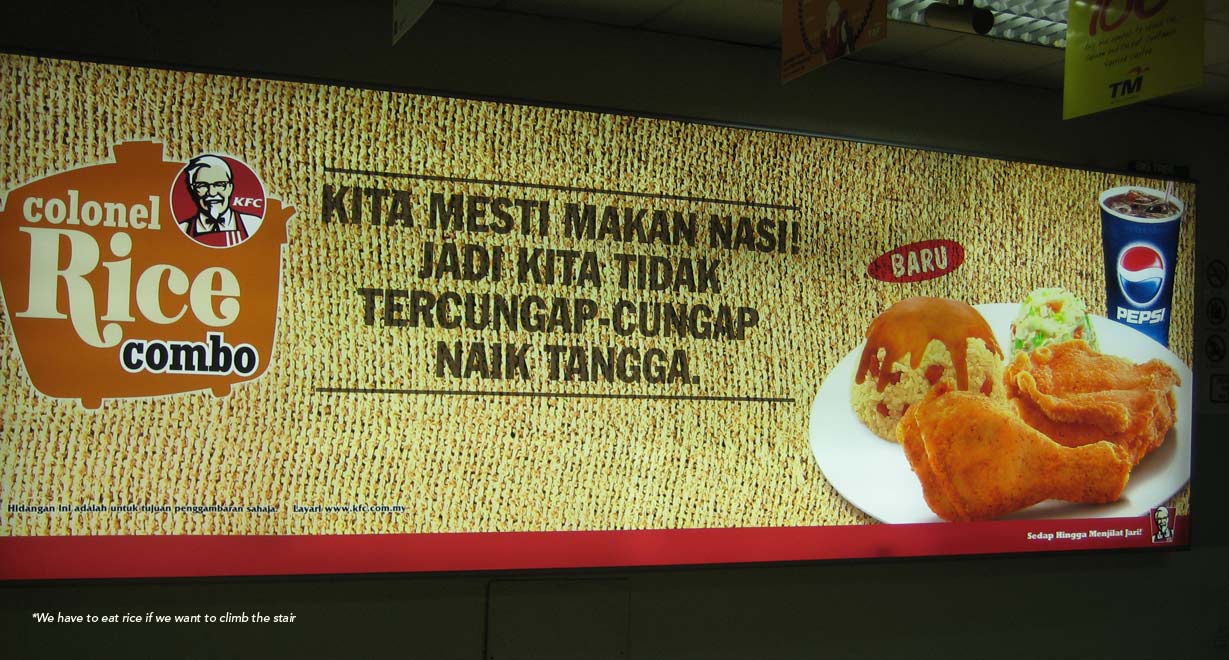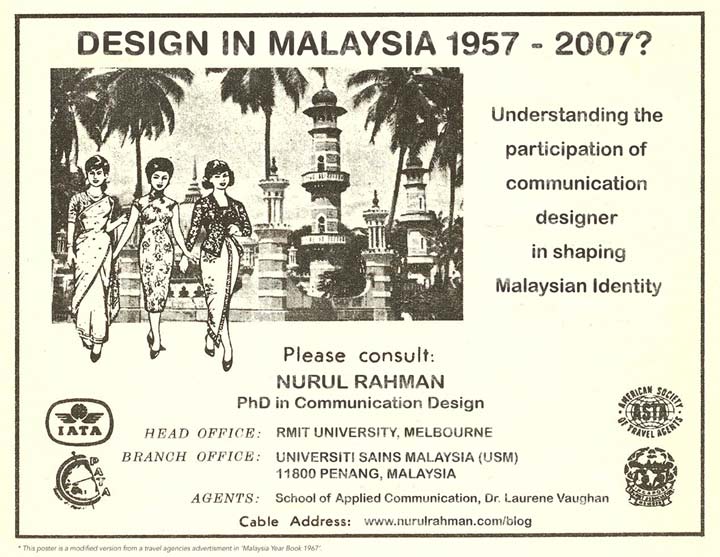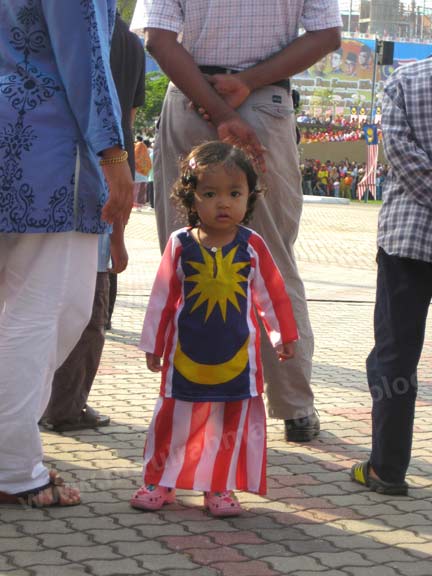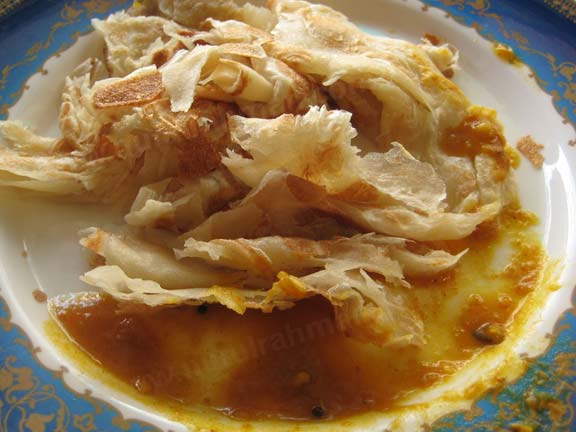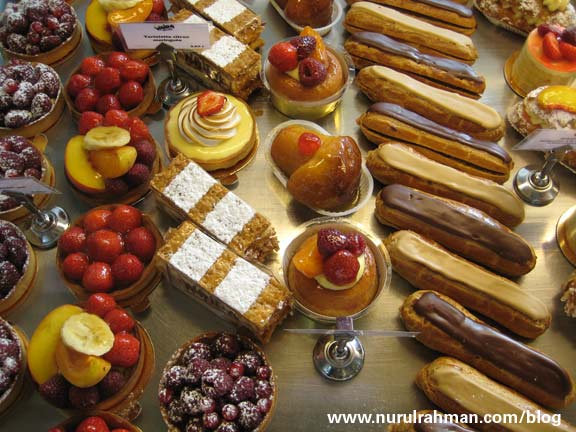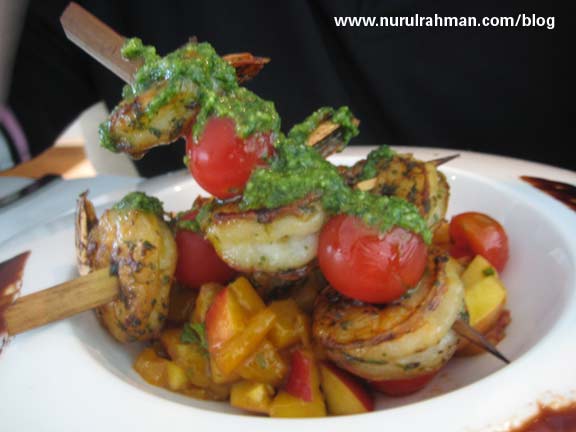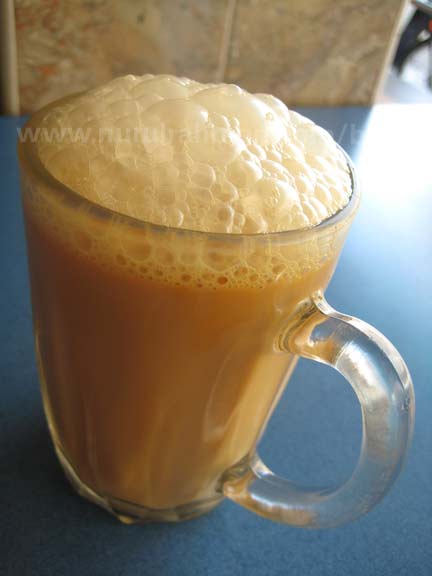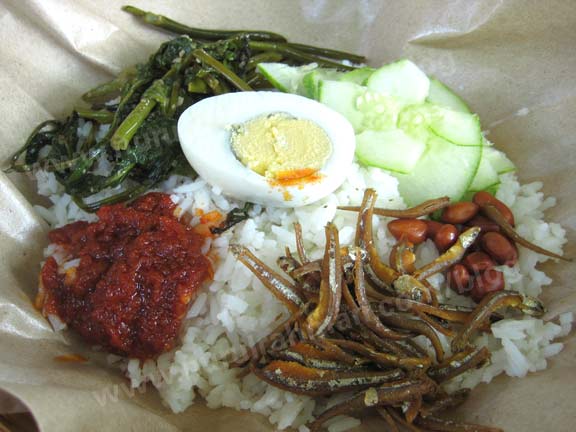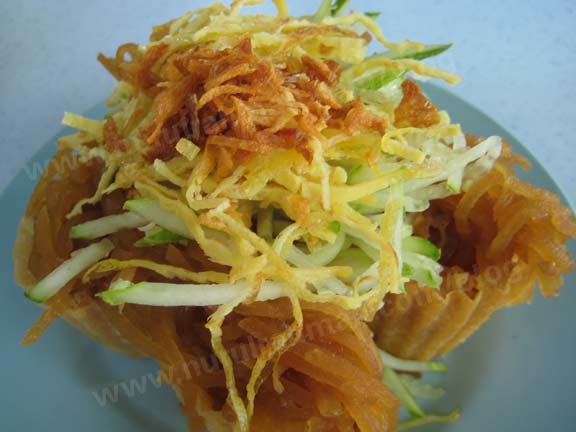Been away from my computer for quite sometimes, or should I say I been busy digging some news about Malaysia (election) and been spending time reading for my writing. I would like to wish Happy Women day although it have passed few days ago, but still it’s never to late to wish. There’re two things I would like to put on my blog today.
First of all is a story of a strong women who decided to join politic at the age of 89 years old. This might is not shocking for some of you but for the people in Malaysia, this is really something. I don’t know what you guys think but for me this is the awaken of the dragon. The situation must be critical or vulnerable position in Malaysia for a granny to rise and voice up. This in unusual. We (Malaysian) hardly or perhaps never had any women in that age with that courage to challenge and team-up with other younger politician. She called her self ‘Tok’ which is a common call for grandma in the northern side of Malaysia. She’s a candidate for Malaysia 2008 Election and she presenting the free party. Have a look at her poster. Apart from going around promoting her ideas and plan for her areas in future, she also been busy contributing information and converse with her supporter through her blog and you tube. I am inspired! Thanks to the designers who contribute in the making of the project. Good Job guys! Nice poster too ;).
Poster 1 – Maimum Yusuf – vote for free party Poster 2 – Step Down Mr. Prime Minister! “We don’t want to work with you.” – Malaysian Citizens taken from http://angan-angan.blogspot.com/
The second things I wanted to write is about the elections in Malaysia. Another shocking news! Boy..Malaysia have grown! 50 years of independence does mean something to us. It seems very important to many people including myself, to reveal our stand and what we believe in. The voices of the people are rising. I saw many visual artifact through the election campaign. Videos, poster, e-card, banner and advertisement are everywhere. The evolution of design have emerged. These processes must be a challenge for designers to visualize their ideas and thoughts; and how to communicate with others. What ever your objective, remember we designers do play some part in making the changes for our future.
If you interested to see some of the comedy scene from some creative Malaysian (one thumb up for you!) visit this site – www.bolehnation.com
http://harismibrahim.wordpress.com – I’m Malaysian
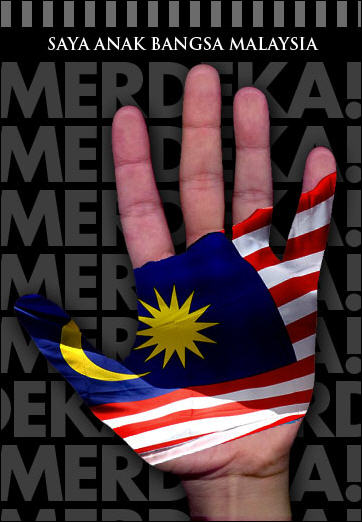
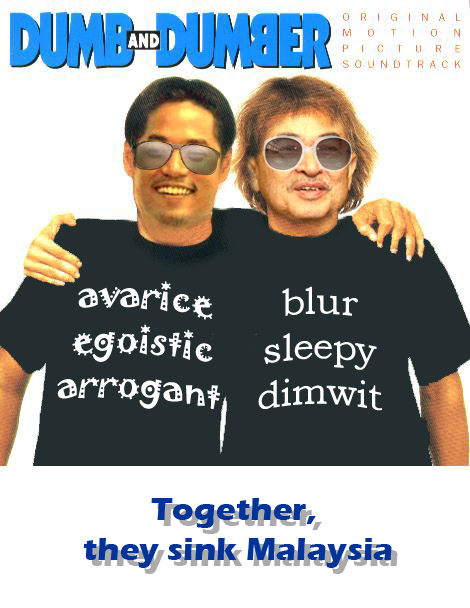
http://bodohland.wordpress.com
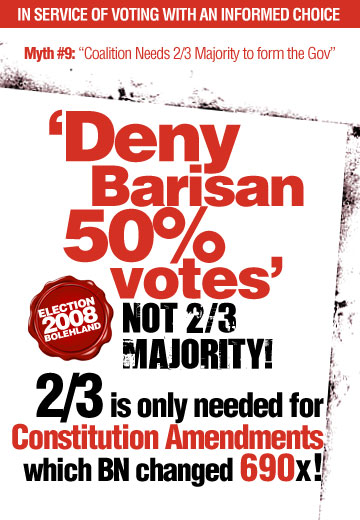
http://mob1900.blogspot.com/ You could find more interesting posters in this blog.

